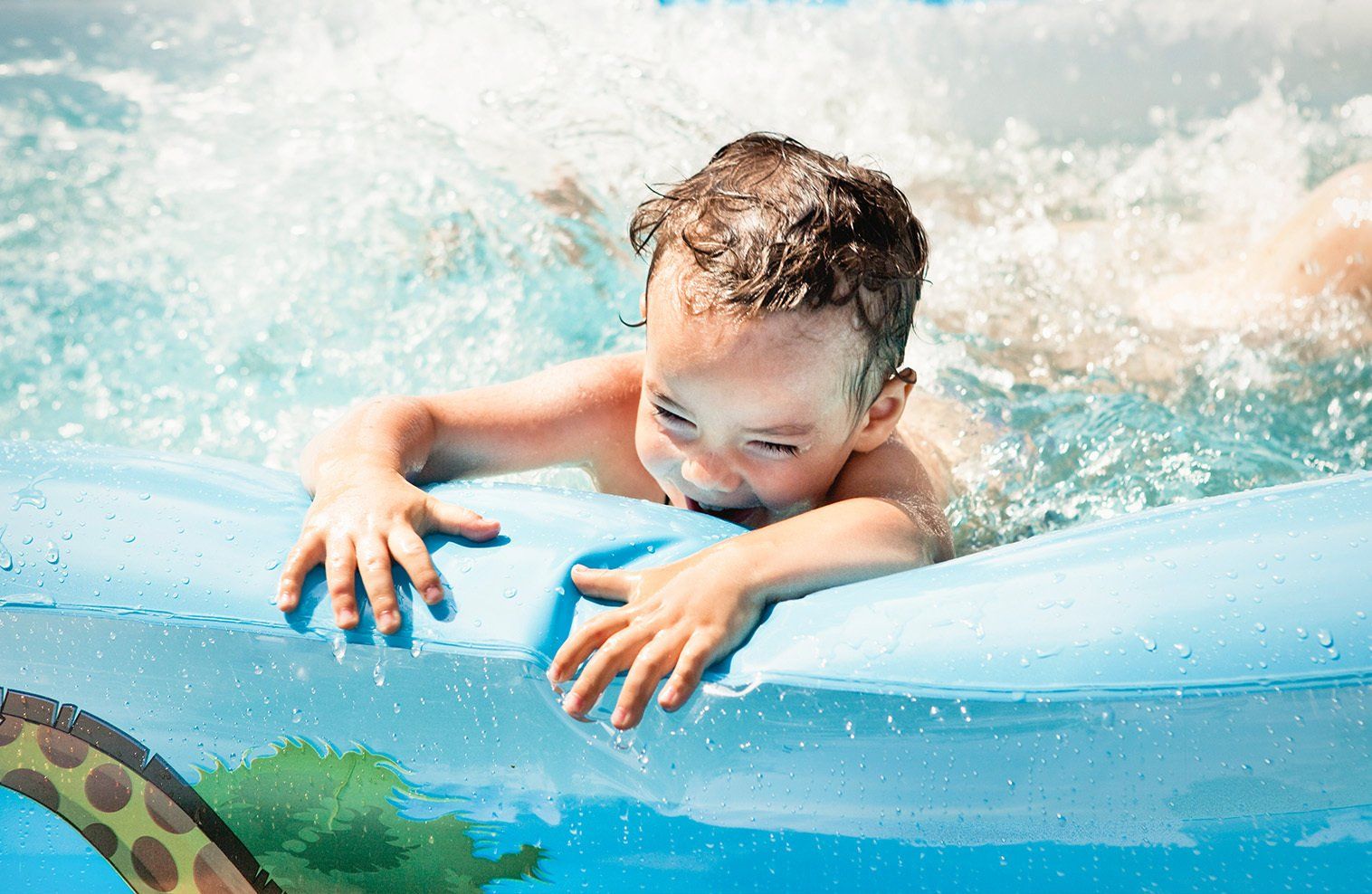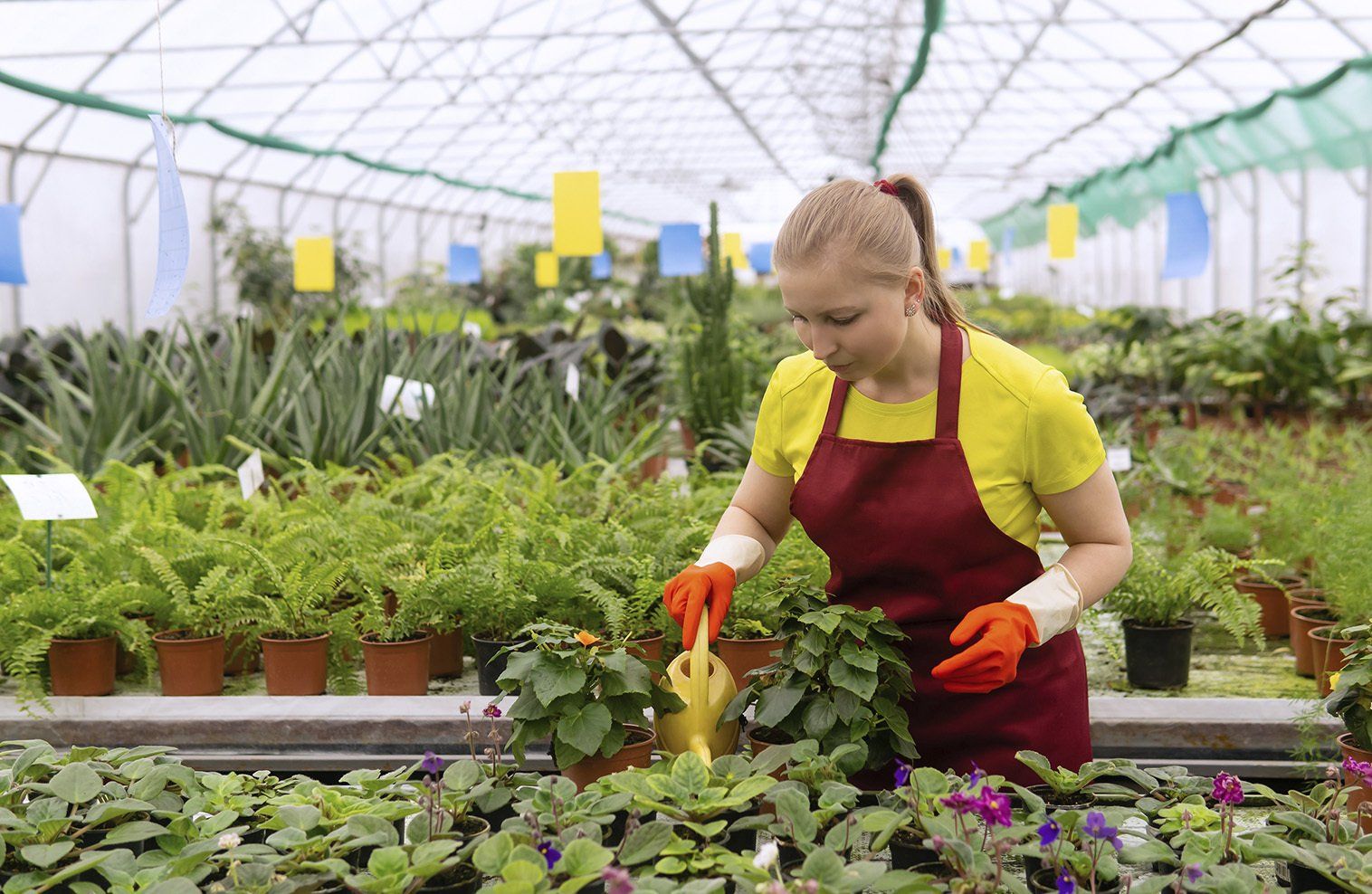Is It Too Hot For My Child To Play Outside?
HOT OUTSIDE?
We all love the sun! We love the pool, we love the playgrounds and riding our bike, but with the sun comes high temperatures and it is natural for a parent to worry about whether it is too hot for their child to safely enjoy the outdoors. The good news is, American Academy of Pediatrics (AAP), there is no specific temperature that’s too hot for a baby or child to go outdoors. What is important is to be safe by limiting the amount of time your kids spend outside during the hottest hours and have the right protection to safely enjoy the summer.
LIMIT DAYTIME SUN
The AAP recommends limiting sun exposure between the hours of 10am and 4pm, when the sun is the strongest. This is especially important for infants, who are less able to sweat, your body’s way of keeping its internal temperature down. Since that’s a considerable part of the day, try to stay in the shade whether under an umbrella, tent or trees. Things to consider:
- Find playgrounds that have lots of trees that create shade and know what times of day the shade is cast over the playset.
- Have a tent or umbrella for beach trips.
- Find a table with an umbrella at the pool.
- If you have a covered deck or porch, make use of it! There are also covers you can buy that will provide shade on your deck or patio.
If your baby isn’t used to hot weather, introducing him to the outdoors slowly. It can take up to 14 days for little ones to acclimate to hotter temperatures. Start by gradually increasing outdoor time over a 10- to 14-day period, taking breaks every 15 to 30 minutes during extreme weather. Experts recommend using caution in temperatures above 90 F (or 84 F with 70 percent humidity). Be extra careful about bringing baby outside in temperatures above 100 F, which can be potentially hazardous to little bodies. Avoid draping a blanket over your stroller or car seat for sun protection, even breathable fabrics. They can pose suffocation risks, increase the chance of baby overheating from poor air circulation, and prevent you from seeing your baby if she’s in distress.
Mom knows best. If you’re unsure about your baby’s safety in the heat, use “mom intuition.” If you are too hot, sweaty or uncomfortable, chances are your baby is and it is time for some air conditioning. For older children, keep in mind that they may be more active than an infant or even yourself so make sure you are taking steps to keep them hydrated and taking rest breaks.
DRESSING FOR OUTSIDE
On very hot days, avoid overdressing your baby and leave that extra layer or light blanket in the car. A light-colored short-sleeved onesie for young babies may be the best outfit, as long as you can keep your baby out of the direct sun. Hats are great for infants and older children to help protect their face and skin around their neck. It does not take away the need for sunscreen but is helpful. It is especially important for infants with little or no hair.
If you can’t avoid direct sun exposure and your child is younger than 6 months, dress her in lightweight long pants and a light long-sleeved shirt. For children older than 6 months, lightweight shorts and a shirt in a breathable fabric like cotton are best. Look for clothing with a tight weave (not see-through) for maximum UV protection.
You can read our article about how to choose and apply sunscreen here.
OVERHEATING
Your baby cannot tell you if she is feeling uncomfortable or overheated except for crying, which could indicate a dirty diaper, hunger or other things. It’s important to be looking for cues of heat exhaustion or other heat-related conditions. Warning signs include being very warm to the touch (more than how your baby’s typically-warm belly feels), extreme thirst, sweating profusely, acting very tired or weak and showing a general lack of energy. Since your baby may just be tired because it’s nearing naptime or he had an exciting morning, your instinct will tell you if your baby seems more off than usual.
If your baby is suffering from heat exhaustion, immediately take her to a cool place and undress her to help her body more easily give off excess heat. Sponge her body down with cool water (but not cold enough to cause shivering). Continue to give your older baby small sips of water or your under six-month-old infant breast milk or formula. Call the pediatrician right away if symptoms worsen or seem severe.
DEHYDRATION
You and your child(ren) should have water and fluids readily available outside. Infants under 6 months who aren’t drinking water should regularly drink breast milk or formula. If you live in a particularly hot climate and think your infant might need more liquids, talk to your doctor about whether you should offer her an oral rehydration solution (like Pedialyte) to replenish lost vitamins.
The easiest way to tell if your baby is becoming dehydrated is to monitor wet diapers she’s making (just like you did when she was a newborn). Other signs to be on the lookout for include:
- Dry and tacky mouth
- Crying without tears or many tears
- Less energy than usual
It’s a good idea to call your doctor if your child is displaying signs of dehydration so he can do a thorough checkup and offer the most appropriate method of rehydration. If your baby is displaying severe symptoms of dehydration, see the doctor immediately.






